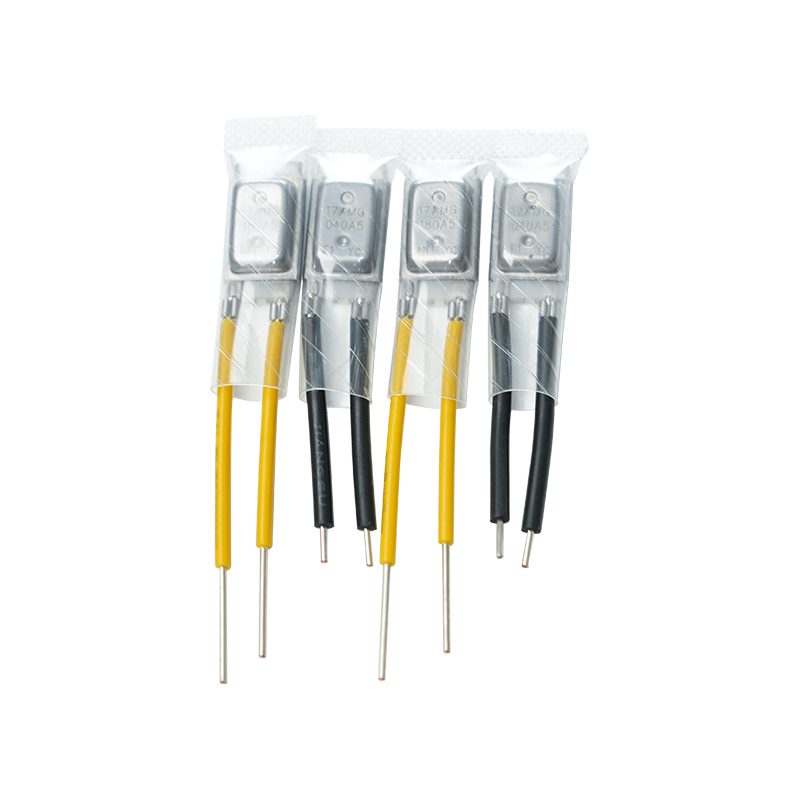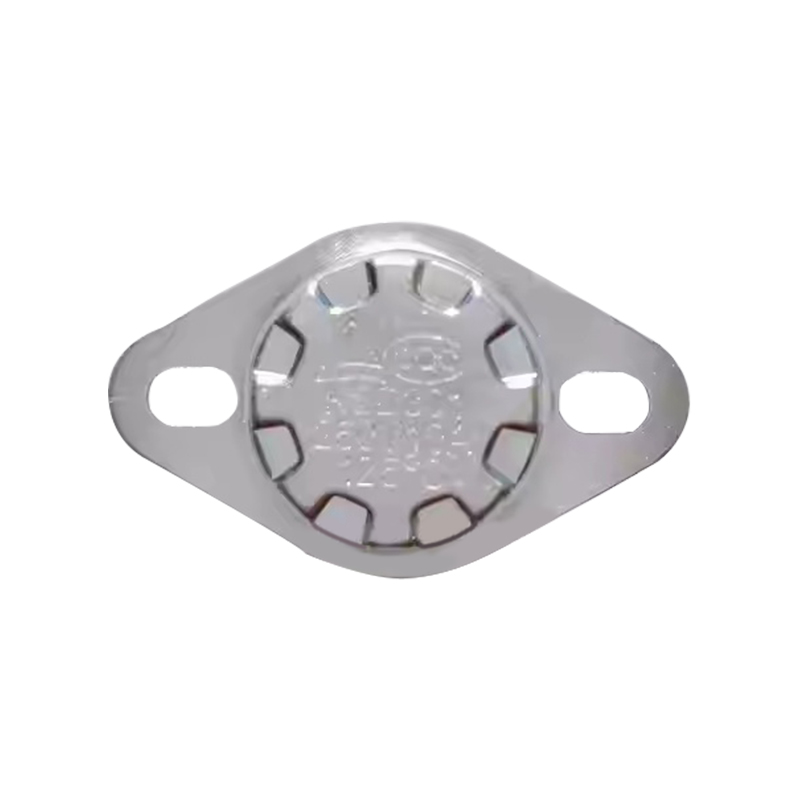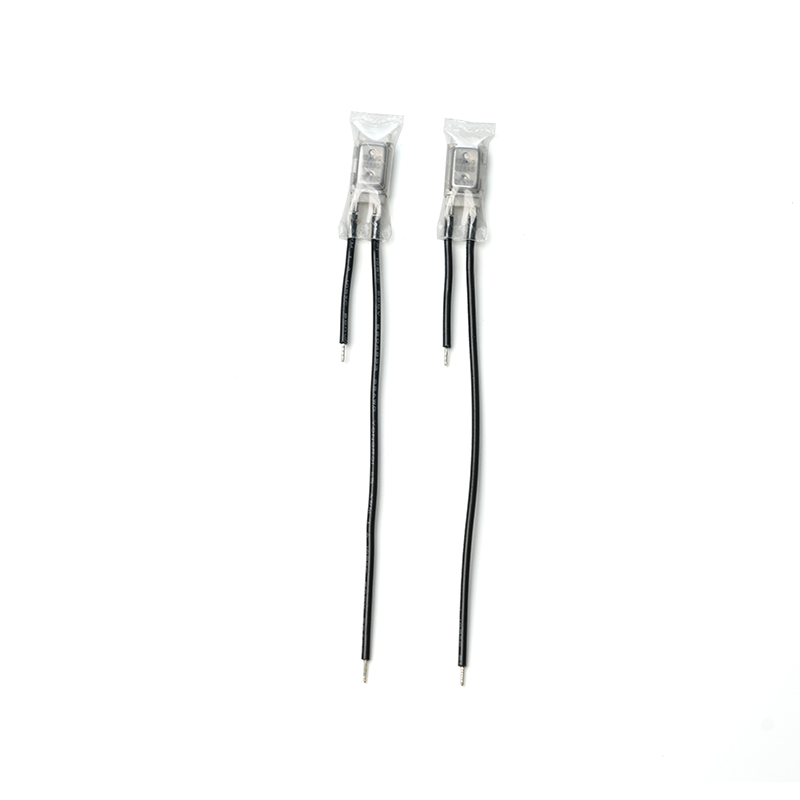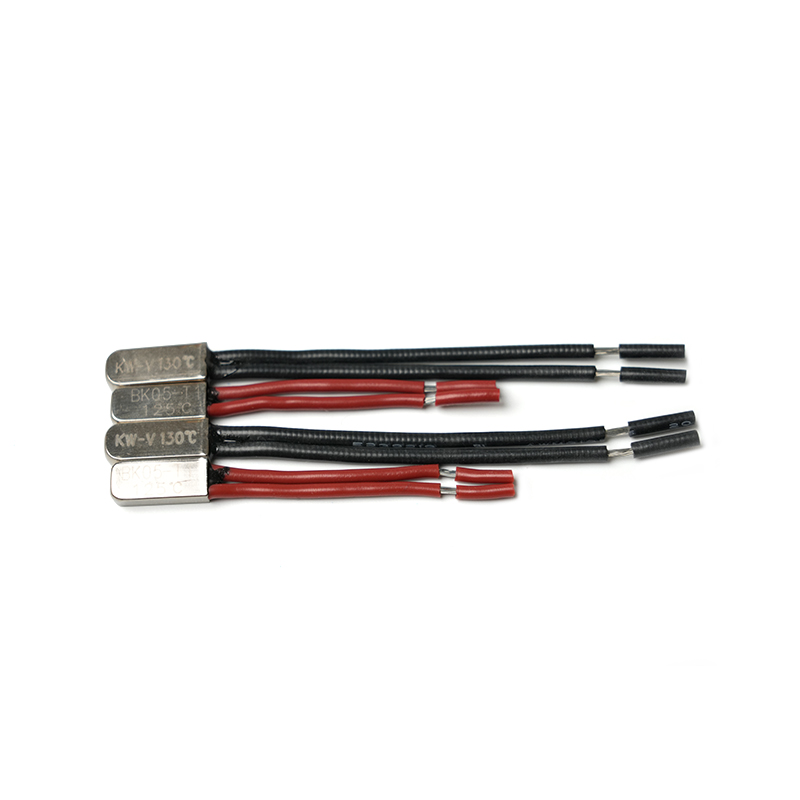Motor Thermal Protection: Key Technology to Ensure Motor Safety and Extend Service Life

As the most common power drive equipment in modern industry, the stable operation of motors is crucial to ensuring the efficiency of the production process. However, motors are prone to overheating during long-term operation due to overload, high ambient temperature or other factors. If effective thermal protection measures are not taken, the motor may be damaged due to overheating, or even cause serious accidents such as fire. For this reason, motor thermal protection technology has emerged as one of the important means to ensure the safe operation of motors and extend their service life.
1. Causes and hazards of motor overheating
When the motor is working, it will generate a certain amount of heat, which is caused by the resistance heat generated when the current passes through the motor winding. Under normal circumstances, the motor design will take into account its heat dissipation system to keep its temperature within a safe range. However, in the following cases, the motor may overheat:
(1) Overload operation
When the motor is working beyond its rated load, the heat generated is too much, and the heat dissipation is not timely, which may cause the motor temperature to rise rapidly.
(2) Failure of the cooling system
If there is a problem with the cooling system of the motor (such as fan damage, blocked cooling holes, etc.), the heat cannot be effectively discharged, causing the motor temperature to continue to rise.
(3) Motor damage
Internal faults in the motor, such as winding short circuit, insulation aging, etc., can also cause the motor temperature to rise abnormally.
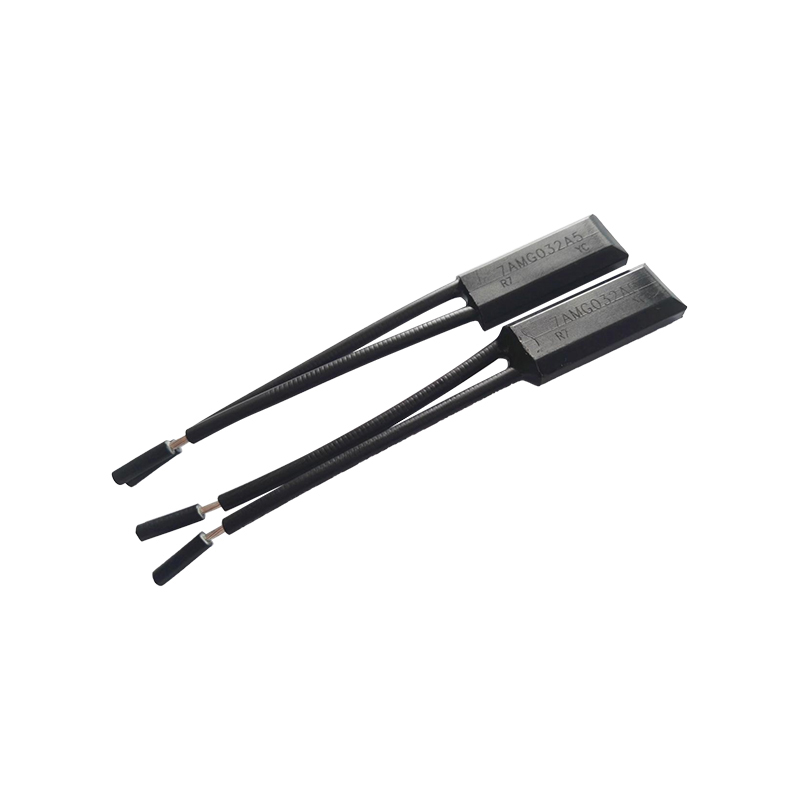
(4) Environmental factors
Excessive external ambient temperature or poor ventilation conditions can also affect the heat dissipation efficiency of the motor, causing overheating problems.
Overheating of the motor will not only shorten its service life, but may also cause serious equipment damage and even safety hazards such as fire. Therefore, it is crucial to ensure that the motor temperature operates within a safe range.
2. Principle of motor thermal protection
Motor thermal protection technology mainly monitors the temperature of the motor and automatically disconnects or limits the operation of the motor to prevent it from overheating. Its basic principle is to monitor the motor temperature in real time by installing a thermal protection device and take corresponding protection measures when the set safety temperature is reached. Common motor thermal protection technologies include:
(1) Thermal relay
The thermal relay is a protection device based on a thermistor that can sense temperature changes during motor operation. When the motor temperature exceeds the set safety value, the thermal relay will cut off the circuit and stop the motor. Thermal relays are widely used for thermal protection of small and medium-sized motors.
(2) Temperature sensor and overheat protection
The temperature sensor is directly installed inside the motor to monitor the motor temperature in real time. Through the data collected by the temperature sensor, the control system can detect the overheating condition of the motor in time and protect the motor from damage through automatic control measures (such as power off or load limit).
(3) Dual protection system
Some high-end motors are equipped with a dual protection system, including both thermal relays and temperature sensors. This combination can take protective measures at the early stage of motor overheating, while ensuring that the power can be cut off in extreme cases to prevent motor damage.
3. Types of motor thermal protection
According to different protection requirements, motor thermal protection technology can be divided into the following types:
(1) Built-in thermal protection
This type of thermal protection device is directly integrated into the motor. When the temperature of the motor is too high, the built-in protection element will automatically trigger, cut off the power or send an alarm signal. This type of protection device is usually used for low-power, small motors and is simple and low-cost.
(2) External thermal protection
External thermal protection devices usually refer to external thermal relays or temperature monitoring devices connected to the motor. Its working principle is similar to that of built-in thermal protection, except that the protection device is separated from the motor itself, which is suitable for high-power motors or equipment that requires regular maintenance.
(3) Multi-level thermal protection
Multi-level thermal protection devices combine multiple protection elements such as thermal relays, temperature sensors, overheating alarms, etc. to provide multi-level protection. This protection system is often used in industrial equipment with extremely high requirements. It can monitor and protect the motor temperature at multiple stages to ensure that the motor can operate safely under any circumstances.
4. Functions and advantages of motor thermal protection
(1) Extending the service life of the motor
Overheating is one of the main causes of motor damage. Through effective thermal protection technology, the motor can avoid working at excessively high temperatures for a long time, thereby reducing internal damage caused by overheating, such as winding burnout and insulation aging, thereby extending the service life of the motor.
(2) Improving safety
Motor overheating can not only damage the equipment, but also cause safety accidents such as fire. Thermal protection devices can detect abnormal motor temperature in time, cut off power or take other measures to reduce the risk of accidents and ensure the safety of the production environment.
(3) Enhance equipment reliability
The motor thermal protection device can ensure the continuous and stable operation of the equipment in harsh working environments. By preventing overheating, the motor can maintain the best working condition, reduce downtime and improve production efficiency.
(4) Save maintenance costs
Motor overheating may cause serious equipment failure, and early thermal protection measures can reduce the chance of motor damage, thereby reducing the cost of maintenance and replacement parts.
5. Application areas of motor thermal protection technology
Motor thermal protection technology is widely used in many industries, especially in those fields with high requirements for equipment reliability. For example:
(1) Industrial automation
In industrial automation production lines, motors are used to drive various mechanical equipment. Through motor thermal protection technology, the stable operation of production equipment can be guaranteed to avoid production interruptions caused by motor overheating.
(2) Wind power generation
The operating environment of the motor in the wind turbine is relatively harsh, so the thermal protection device is crucial to the safety of wind power generation equipment.
(3) Air conditioning and cooling equipment
The motors in air conditioning and cooling equipment are prone to overheating due to excessive load or poor heat dissipation when running for a long time. By installing a thermal protection device, the motor can be ensured to work safely and stably.
(4) Power tools and home appliances
The motors in power tools and home appliances also need effective thermal protection to prevent overheating damage caused by long-term high-load operation.
Motor thermal protection technology is a key technology to ensure the normal operation of the motor, extend its service life and improve its safety. With the continuous development of industrial automation and equipment intelligence, the application of thermal protection technology will become more and more extensive. Whether in small home appliances, industrial equipment, or large machinery, motor overheating protection plays a vital role. Correctly selecting and configuring the motor thermal protection device can not only improve the operating reliability of the motor, but also effectively reduce the risk of accidents and ensure the long-term stable operation of the equipment.
 English
English